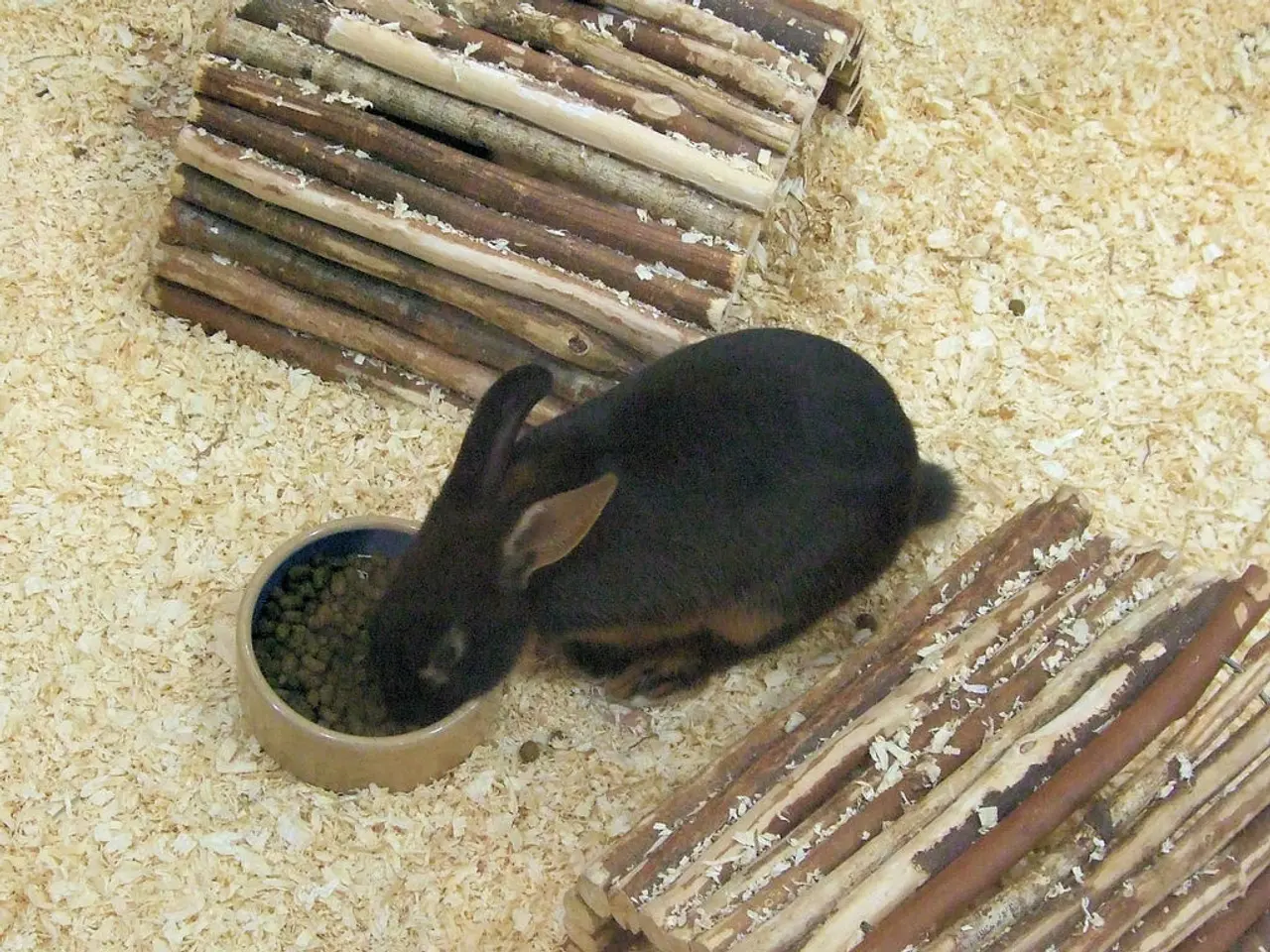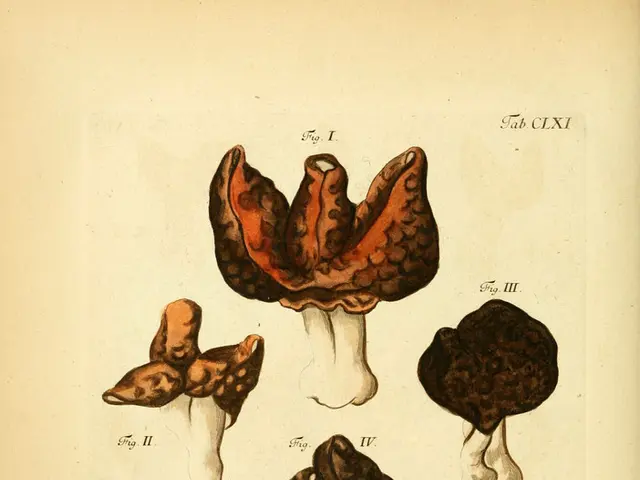Hosta Plant Issues: ADiscussion on Pests and Ailments
Hostas, beloved for their vibrant foliage and hardiness, are a popular choice for many gardeners. However, these plants are not immune to various pests and diseases that can cause damage and affect their overall health. This article provides a detailed breakdown of common hosta issues and offers practical solutions for their effective management.
One of the most common problems faced by hosta growers is the infestation of slugs and snails. These pests leave holes in leaves and trails of slime, which can be easily managed with slug bait or traps, and by creating physical barriers such as coarse sand around plants.
Deer and rabbits pose another threat to hostas, as they feed on leaves and stalks. To prevent this, fencing around hosta beds or using repellents specifically designed to deter these animals is recommended.
Dead center (crown rot) and petiole rot are conditions that thrive in overly wet conditions. Improving soil drainage and avoiding overwatering are essential preventative steps for managing these issues.
Leaf spot, caused by a fungal infection, can be identified by irregular brown spots and torn leaves. To control the spread, remove and destroy infected leaves, improve air circulation around plants, and apply an appropriate fungicide.
Viruses, such as Hosta Virus X, can cause leaves to become mottled, twisted, puckered, or distorted. Unfortunately, there is no cure for viral infections, and infected plants should be removed and destroyed to prevent spread. Regularly cleaning tools can help avoid transmitting the virus to healthy plants.
Other considerations for hosta care include sunburn prevention—direct afternoon sun can cause leaf scorch, which can be reduced by providing shade or moving hostas to shadier areas. Good cultural practices, such as light fertilization, moisture conservation with mulch, and timely division in spring, contribute to healthier plants less susceptible to problems.
In managing these common hosta issues, vigilance and early intervention are crucial. By being proactive and addressing problems as they arise, gardeners can maintain a healthy, vibrant garden. It's also essential to avoid introducing pathogens into the nursery or landscape by using virus-free plants for propagation and removing symptomatic plants.
For more information on managing specific pests and diseases, consult with a local nursery or extension service for advice tailored to your region.
- Inevitably, issues such as insect infestations may affect the health of your hosta plants, making it necessary to use treatments like slug bait or barriers.
- Excessively wet soil conditions can lead to root diseases like dead center (crown rot) and petiole rot, so it's essential to improve soil drainage and avoid overwatering.
- Leaf spot, a fungal disease characterized by irregular brown spots and torn leaves, can be managed by eliminating and discarding infected leaves, improving air circulation, and applying appropriate fungicides.
- Viral infections, like Hosta Virus X, may cause leaves to become discolored or distorted, and unfortunately, there is no cure; impacted plants should be removed and destroyed to stop the spread.
- To protect hostas from deer and rabbits that feed on leaves and stalks, consider using fencing or animal-specific repellents around the hosta beds.
- To maintain a thriving lawn and landscape, practice good garden lifestyle habits such as divising hostas in spring, using light fertilization, and conserving moisture with mulch. For precise advice tailored to your region, consult your local nursery or extension service.




